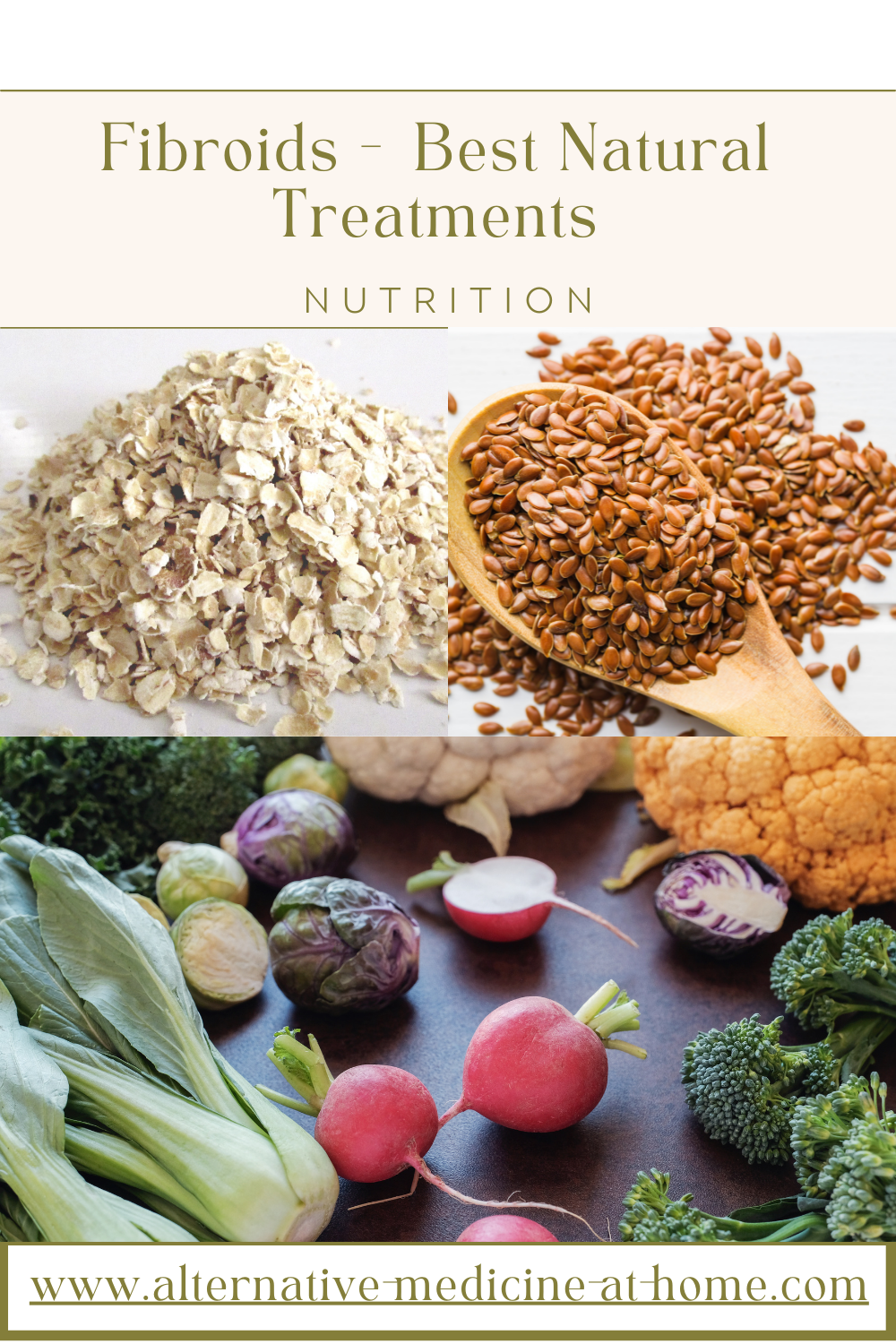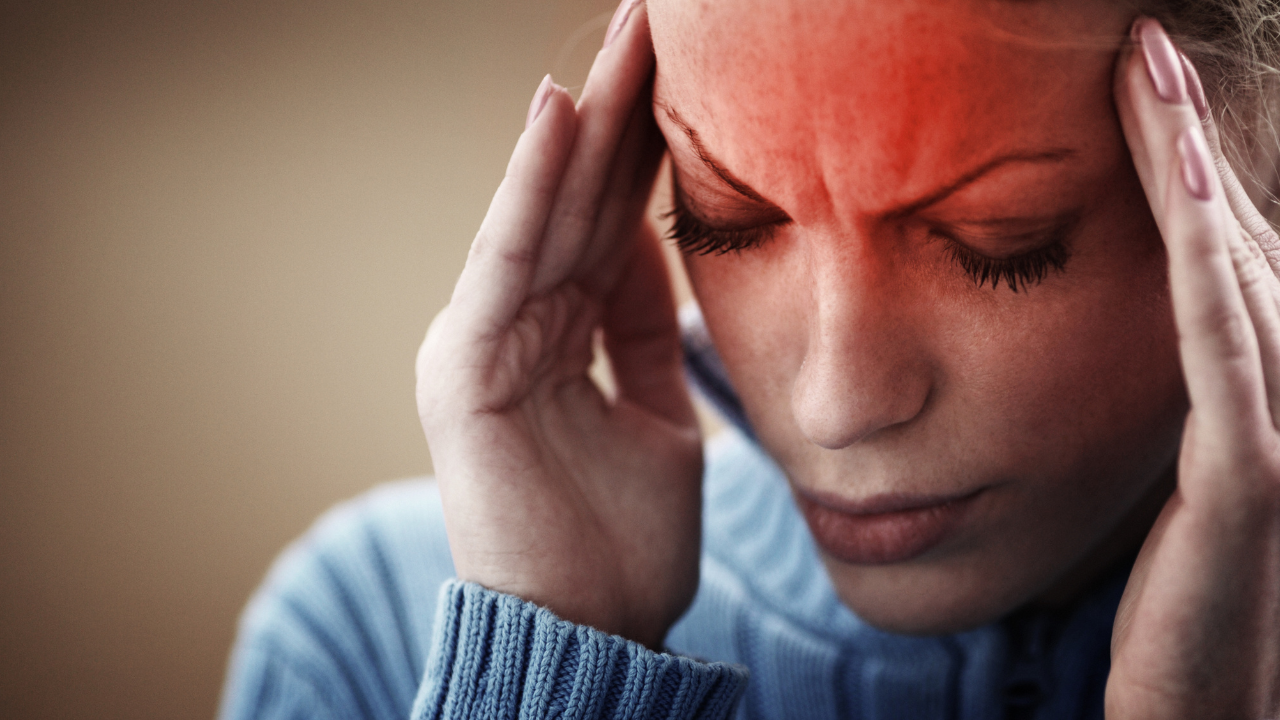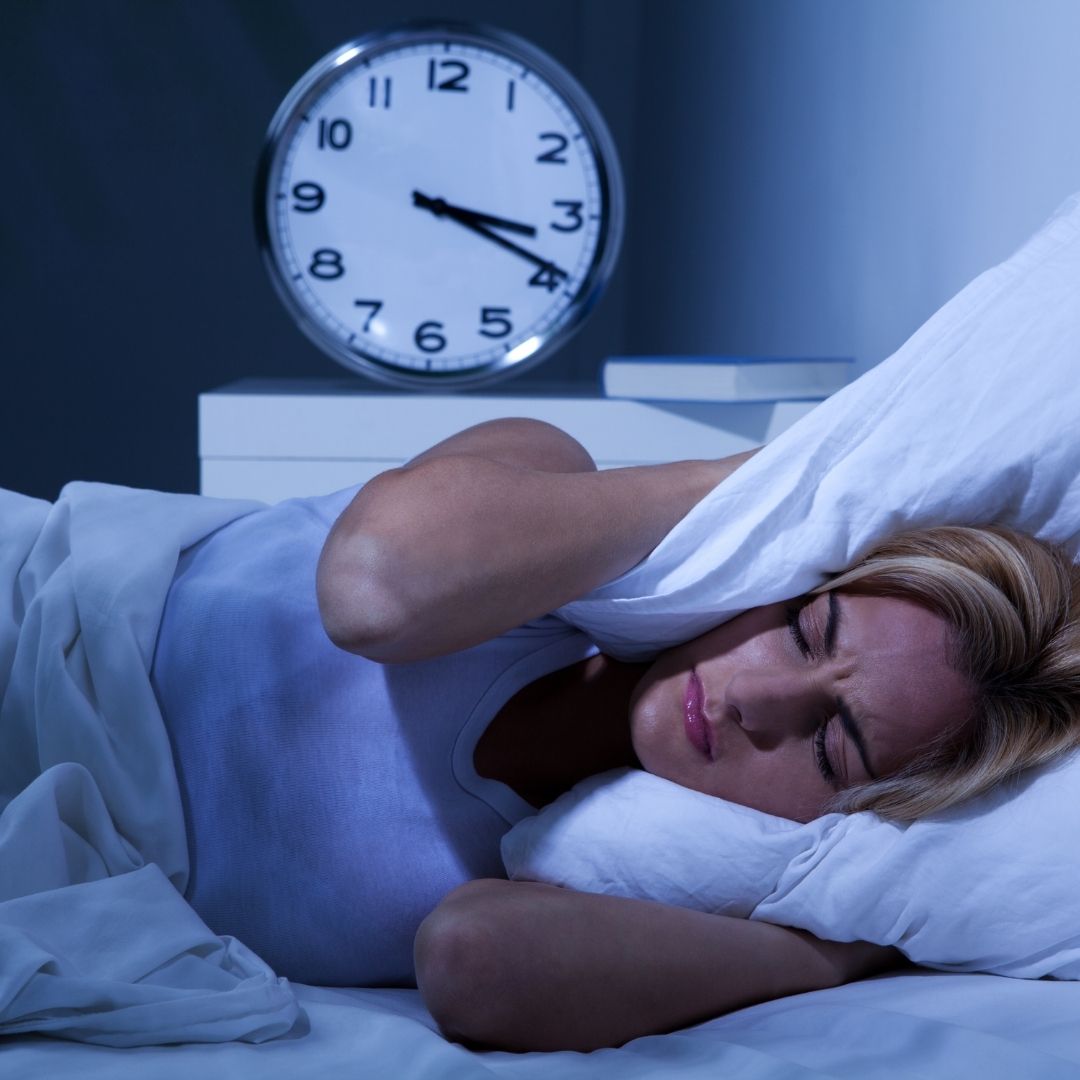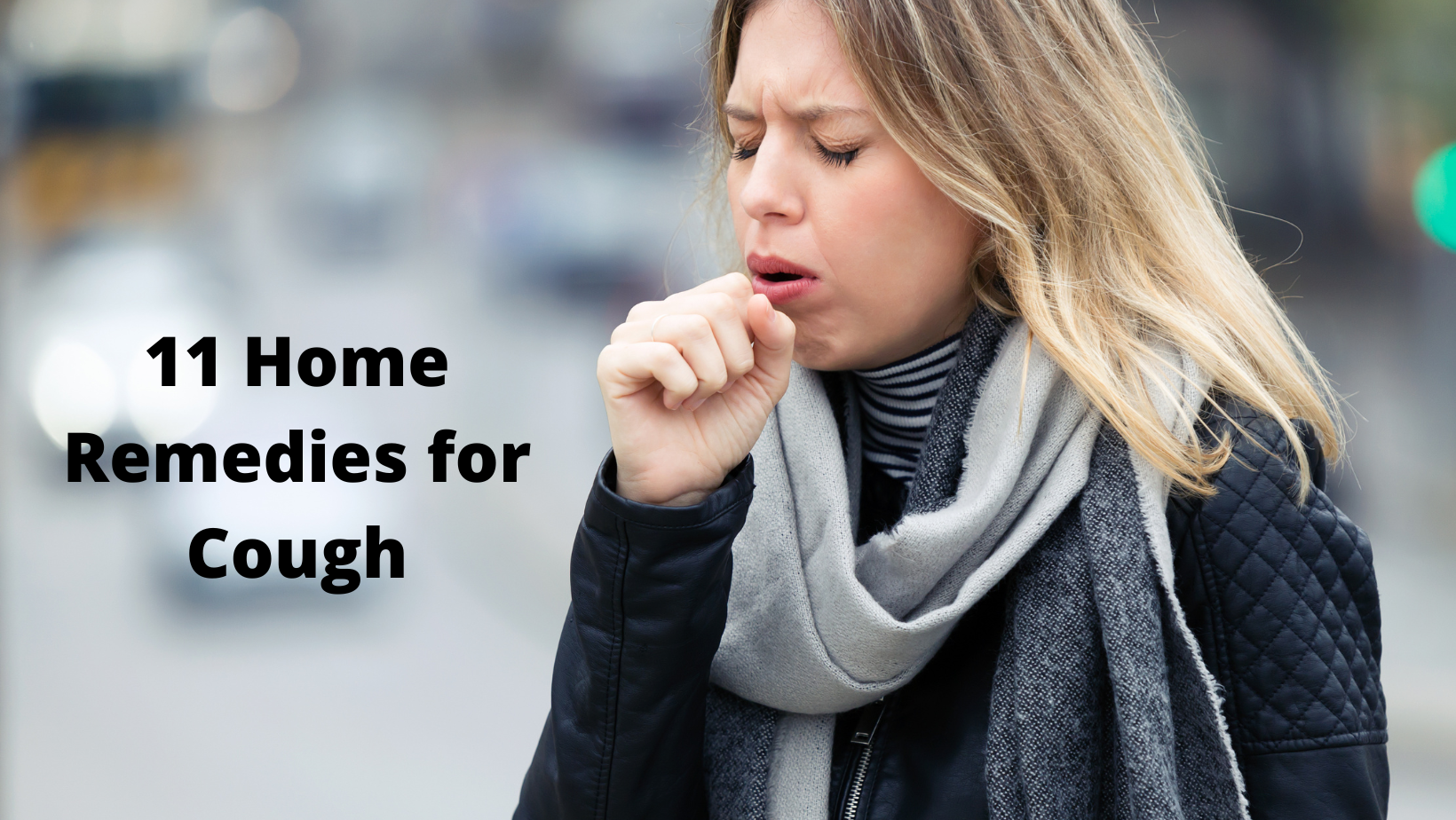Fibroids - Best natural Treatments
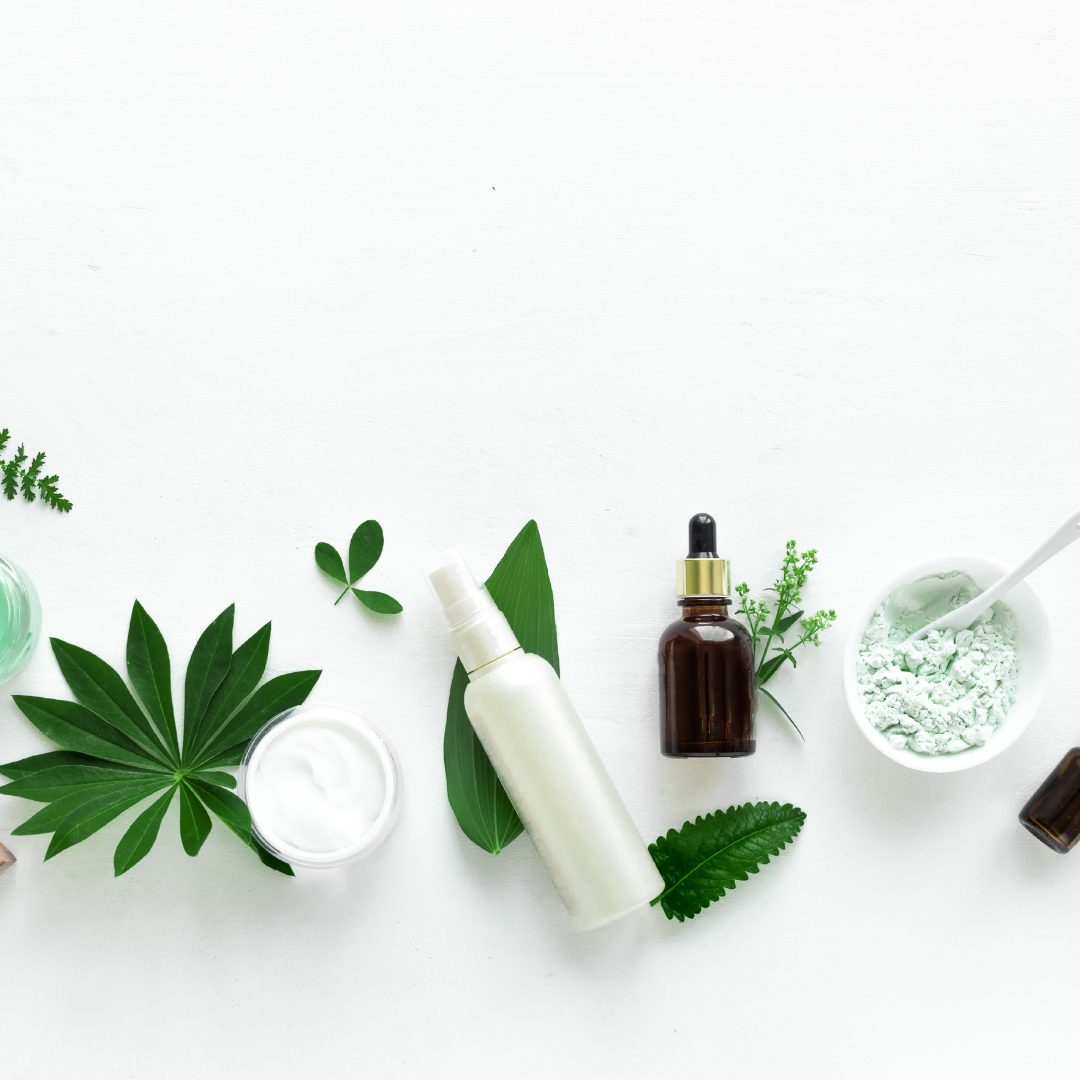
Fibroids -Best natural treatments
Uterine fibroids are the tumours of the uterus. They are non-cancerous growths. they can be of any size ranging from microscopic to quite a few inches and they can be of different shapes.
They occur either within the walls of the uterus which means they are situated inside the inner lining of the wall that makes mucus, they can grow within the muscles of the uterus or they can grow on the wall of the uterus, outside and inside hanging in the cavity. There could be single or many in number. Uterine fibroids may not cause any symptoms or problems until they become too large or occur in many locations and become big.
In this article we are going to talk about their different types, causes, symptoms, risk factors, medical diagnosis and treatment and also about natural fibroid treatment plan and specific herbs used for treatment.
Symptoms of uterine fibroids
Many women will not know if they have fibroids and they will have no symptoms, generally they are picked up during infertility investigation. The symptoms depend on their location, number and also the size of the fibroids.
- Heavy bleeding during menstruation or flooding
- Excessive length of menstruation
- Larger fibroids may result in increased urinary frequency
- Heaviness and congestion in the lower abdomen
- Abdominal enlargement
- Lower back pain
- Painful intercourse
- Infertility and miscarriage
- Severe pain and cramping during menstruation
Causes of Uterine fibroids
Fibroids usually develop during the women reproductive years (from 16 years to 50 years, doctors don’t know the what causes the fibroids to form but several factors influence their growth.
Hormones
As they develop during the hormones active period their growth is stimulated by estrogen and progesterone, and they have higher amount of estrogen receptors meaning they are very sensitive to estrogen.
Family History
If your mother or grandmother or siblings have fibroids you have increased risk of developing the fibroids.
Pregnancy
Many times, fibroids can grow and develop during pregnancy as estrogen and progesterone production increases during this time. Mostly the fibroids present during this time can shrink and disappear after pregnancy when the uterus goes back to its normal size.
Risk factors that increase development of fibroids
- Race - Although any women of reproductive age can develop fibroids, it is seen that its most common in African women.
- Deficiency in Vitamin D
- Dietary factors like having too much red meat and not eating enough green vegetables, fruits and dairy.
- Drinking too much alcohol
- Starting the periods at an early age, can also be a factor in fibroid development as the women will have longer overall estrogen exposure.
- Obesity- having high body fat content can increase risk of fibroids, due to high estrogen.
- Too much exposure to xenoestrogens like plastics, herbicides and pesticides or exposure to synthetic estrogen through hormone replacement therapy or oral contraceptive.
- Hypertension- Increased blood pressure can cause the release of cytokines or increase risk of cell injury in the smooth muscles, which can increase risk of fibroid onset or growth.
Complications
Anaemia – usually uterine fibroids are not dangerous but they can cause anaemia due to heavy blood loss during menstruation, which in turn can cause fatigue.
Infertility and miscarriage - fibroids generally do not cause any problems in getting pregnant but 2 to 10 percent of women with submucosal fibroids can have fertility issues and miscarriage. Some of the fertility and pregnancy problems caused by fibroids are restriction in growth of foetus, miscarriage, compressing the fallopian tubes, preterm delivery, postpartum haemorrhage.
Medical diagnosis and Treatment
Many women use over the counter pain medicine for cramping and pain caused by uterine fibroids. Many times, due to excessive bleeding, which can cause anaemia, doctors can recommend an iron supplement.
They are generally diagnosed by ultrasound or laparoscopy. The treatment options are hormones therapy or removal of fibroids. Uterine fibroids can come back and new ones can also form after surgery.
It is difficult to treat uterine fibroids naturally or with hormone medication given by doctors. If the fibroids are not responding well to natural treatment or hormones medication then surgery is the best option.
Natural treatment plan for uterine fibroids
There are 5 essential areas to work, in treating fibroids naturally.
- Reducing excess bleeding and relieving the symptoms.
- Cleansing – improving liver and bowel clearance and improving the liver function – to clear all the excess estrogen from the body.
- Reduce inflammation from the body.
- Improve Progesterone/ estrogen balance.
- Slow fibroid growth.
Lifestyle, Nutrition, herbs, supplements and other additional treatments
lifestyle habits that interfere with liver estrogen metabolism
Eliminating - junk food, saturated fats, alcohol, caffeine and sugar
Saturated fats, sugar, junk foods, caffeine and alcohol interfere with the body-s ability to metabolise estrogen, and also these foods also interfere with metabolism of B vitamins. Vitamin B works as a raw material in liver detoxification, helping liver to metabolise estrogen and regulate estrogen levels.
Changing lifestyle habits to Reduce Exposure to Xenoestrogen.
Certain environmental toxin may contribute to the development of Uterine fibroids. These chemicals are called xenoestrogens. Fibroid tissues contain large number of estrogen receptors, and are very sensitive to estrogen. These chemicals act as estrogen and they bind to the fibroids tissue making them larger. Some of these xenoestrogens are present in weed killer, food preservatives known as BHA, food dyes, found in plastics as Bisphenol, insecticides as DDT and also in oral contraceptive pills. Some of the ways you can reduce their exposure by
- Eating organic whenever possible
- Use natural beauty products, including makeup and haircare products
- Avoiding food preservatives and dyes
- Avoiding exposure to pesticides, herbicides and synthetic fertilizers
- Avoiding plastic and plastic products
Nutrition - To improve excretion of estrogen
Eating high fibre foods
Eating high fibre foods help the body in removing excess estrogen. Including high fibre foods like leafy green vegetables, beans, broccoli, nuts, berries, apples etc.
Eating Whole foods diet
Avoid white refined grains and eating whole grains like brown rice, millet, oats, rye, buckwheat, spelt. Whole grain are source of B vitamins and they also help the body to excrete estrogen through the bowels.
Eating Cruciferous vegetable
helps in metabolizing excess estrogen from the body.
Including Phytoestrogens, legumes , flax seed
in your diet reduces the effects of estrogen found within the body,
Supplementation and herbs
Indole C carbinol – Indole-3-carbonol is a phytochemical found in cruciferous vegetables such as cabbage. Its also called 13 C, when 13 C is taken in its natural form, it is beneficial in preventing hormone related problems.
Dim – is another supplement taken for fibroids, it also like indole-C-Carbinol, increases the body’s natural ability to metabolize and remove excess estrogen. Dim is formed after the breakdown of indole -C-Carbinol in the stomach.
Pancreatic enzymes – supplementing with pancreatic enzymes may be helpful in reducing the size of the uterine fibroids, slowing the growth of fibroids and preventing scar tissue damage. The theory is that pancreatic enzymes may help in digesting the fibrous/smooth muscle tissue of the fibroids, thereby helping in slowing the growth and reducing the size of fibroids.
Lipotropic supplements – theses are a combination of vitamins and amino acids. The are used for supporting the liver function and fat metabolism, detoxifying body’s waste and metabolizing and excreting estrogen.
There are few other herbal formulations protocol for slowing the growth of fibroids and reducing the size of fibroids (source: Gaia herbs)
- Turska Formula
- Compounded Echinacea/Red root
- Fraxinus/Ceonothus Compound
- Scuffer's Alterative
Additional therapies
Topical oils of poke root, castor oil packs, hydrotherapy treatments
Castor oil Packs - Castor oil is used for centuries both internally and externally to cleanse, speed healing and improve immune system. Castor oil is used in Ayurveda as a cleanser, and has digestive, skin healing and antibacterial properties. Castor oil packs are used to stimulate circulatory and lymphatic systems. They help in increasing the circulation in the area, which helps in bringing oxygenated blood to the area and rejuvenating. Do not use it if pregnant and during menstruation.
Poke root – is used to give symptomatic relief. Poke root helps due to its anti-inflammatory properties. It is due to saponins (an anti-inflammatory compound present in the plant). Poke root is available in tincture, capsules, oil, tea etc.
Hydrotherapy treatments - hydrotherapy treatments like wet sheet pack are used for clearing the toxin from the body and stimulating the lymphatic system. They are used to relieve liver and spleen congestion. They provide targeted relief from the symptoms.
Natural hormone replacement therapy (hrt) - is done by using progesterone cream. This generally is used to increase levels of progesterone in the body and improving estrogen - progesterone ratio. Natural progesterone creams are made from soybeans or yams. The progesterone extracted from these is considered bioidentical, or chemically similar to the progesterone made by our bodies. Doctors also prescribe progesterone cream and gels but they are made from synthetic progesterone.
There are lots of natural progesterone creams available over the counter but make sure not to use them on your own as they are not regulated. Long term use can have negative effect on your hormones. If considering to use natural progesterone creams, don’t do it on your own. An expert hormone health practitioner will be able to answer your questions you may have and help you understand how these product work and impact you.
Getting success with any hormone product depends on your age, body weight, medical history, allergies, symptoms, and also depends on the dose. Any hormone medication, supplementation, herbs and natural progesterone creams have potential risk and side effects that should be discussed and understood before beginning any treatment, its always advisable to work with a hormone health practitioner, they can help you understand what is causing your symptoms and can suggest best treatment for your individual need.
References
- Auborn, K.J., Fan, S., Rosen, E.M., Goodwin, L., Chandraskaren, A., Williams, D.E., Chen, D. and Carter, T.H. (2003). Indole-3-Carbinol Is a Negative Regulator of Estrogen. The Journal of Nutrition, 133(7), pp.2470S2475S.
- Eleutério Junior, J., Cavalcante, D.I.M., Ferreira, F.V. de A. and Medeiros, F. das C. (2001). Receptores de estrógeno e progesterona em células do sedimento de fluido peritoneal na endometriose pélvica: estudo imunocitoquímico. Revista Brasileira de Ginecologia e Obstetrícia, 23(2).
- Groves, C.L. (2022). A Warning About Natural Progesterone. www.bmj.com. [online] Available at: https://www.bmj.com/rapid-response/2011/10/30/warning-about-natural-progesterone [Accessed 29 Apr. 2022].
- Insightec. (n.d.). Front Page. [online] Available at: https://www.uterine-fibroids.org/about-mrgfus/ .
- McDougal, A., Gupta, M.S., Morrow, D., Ramamoorthy, K., Lee, J. and Safe, S.H. (2001). Methyl‐substituted diindolylmethanes as inhibitors of estrogen‐induced growth of T47D cells and mammary tumors in rats. Breast Cancer Research and Treatment, [online] 66(2), pp.147–157. Available at: https://link.springer.com/article/10.1023%2FA%3A1010608000074
- Nih.gov. (2010). NIH Fact Sheets - Uterine Fibroids. [online] Available at: https://report.nih.gov/nihfactsheets/viewfactsheet.aspx?csid=50.
- Qi, L., Nett, T.M., Allen, M.C., Sha, X., Harrison, G.S., Frederick, B.A., Crawford, E.D. and Glode, L.M. (2004). Binding and cytotoxicity of conjugated and recombinant fusion proteins targeted to the gonadotropin-releasing hormone receptor. Cancer Research, [online] 64(6), pp.2090–2095. Available at: https://pubmed.ncbi.nlm.nih.gov/15026348/ .
- Ruiz, A.D., Daniels, K.R., Barner, J.C., Carson, J.J. and Frei, C.R. (2011). Effectiveness of Compounded Bioidentical Hormone Replacement Therapy: An Observational Cohort Study. BMC Women’s Health, 11(1).
- Stewart, E.A. (2015). Uterine Fibroids. New England Journal of Medicine, 372(17), pp.1646–1655.
- womenshealth.gov. (2016). Uterine fibroids | Womenshealth.gov. [online] Available at: https://www.womenshealth.gov/a-z-topics/uterine-fibroids.
- www.ourstolenfuture.com. (n.d.). our stolen future: home. [online] Available at: http://www.ourstolenfuture.com/
- Yang, W.-H., Wieczorck, M., Allen, M.C. and Nett, T.M. (2003). Cytotoxic activity of gonadotropin-releasing hormone (GnRH)-pokeweed antiviral protein conjugates in cell lines expressing GnRH receptors. Endocrinology, [online] 144(4), pp.1456–1463. Available at: https://pubmed.ncbi.nlm.nih.gov/12639929/
- ZELIGS, M.A. (1998). Diet and Estrogen Status: The Cruciferous Connection. Journal of Medicinal Food, 1(2), pp.67–82.
